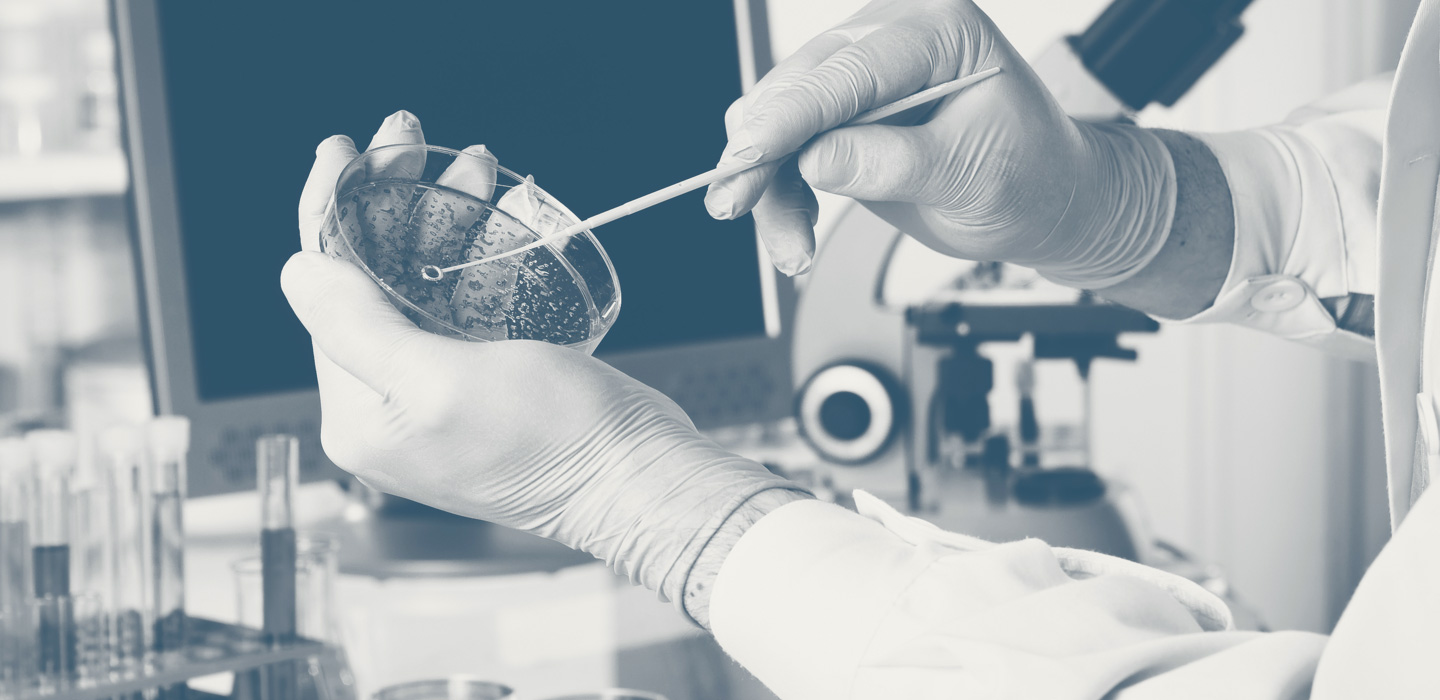
2023
Melissa Mavers, MD, PhD
Assistant Professor, Department of Pediatrics , Washington University in St. Louis
Elucidating iNKT cell subset plasticity to inform cellular therapies for cancer and GVHD
Can invariant natural killer t cells be used in cancer cellular therapy as well as to counter graft vs host disease and make both bone marrow transplant and cellular therapy safer?
Hematopoietic stem cell transplant (HSCT, also known as bone marrow transplantation) can be curative for certain high-risk or relapsed cancers because it permits very high doses of chemotherapy and/or radiation which would otherwise be lethal. By giving donor cells to a patient after these treatments, doctors can repopulate the bone marrow that the radiation and chemotherapy destroy, and these cells also work directly to fight the cancer. However, many HSCT patients suffer from a complication called graft vs host disease (GVHD,) where the transplanted cells turn against the healthy parts of a patient’s body. Dr. Mavers proposes to investigate the use of a special type of immune cell called an invariant natural killer T (iNKT) cell to counter this complication. iNKT cells demonstrate the ability to kill tumor cells while also suppressing GVHD and Dr. Mavers was recently part of a team that determined that iNKT cells can be divided into subsets, with some iNKT cells exhibiting immune system activating abilities, including killing tumor cells, and some iNKT cells exhibiting immune suppressing abilities, which would counter GVHD.
In addition, one of the most exciting new treatments for high-risk cancers is the use of cancer targeting cellular therapy or CAR-T cell therapy. Because of the possibility of GVHD if a donor T cell was used, CAR-T cells must be engineered from a patients’ own cells, which significantly increases the cost of the therapy and limits its uses. Unlike donor T cells, donor iNKT cells cannot cause GVHD. Therefore, if immune activating iNKT cells can be used in CAR-T therapy, it could significantly increase the usefulness of CAR-based therapy. Dr. Mavers proposes to elucidate the relationship between the subsets of iNKT cells; she hopes to understand whether INKT cells in one subset can convert into another subset (ie. whether immune activating iNKT cells can convert into immune suppressing iNKT cells, or vice versa.) Dr. Mavers proposes to test whether growing iNKT cells in certain conditions will lead them to convert from one subset to another and then pursue the same question in a live model. If Dr. Mavers can shed light on what makes an iNKT cell either immune suppressing or immune supporting, on whether they can convert from one subtype to another and, if they can convert, on how that process might be limited, she will have opened the door to the possibility of a new and exciting tool to expand both HSCT and CAR-T treatments.